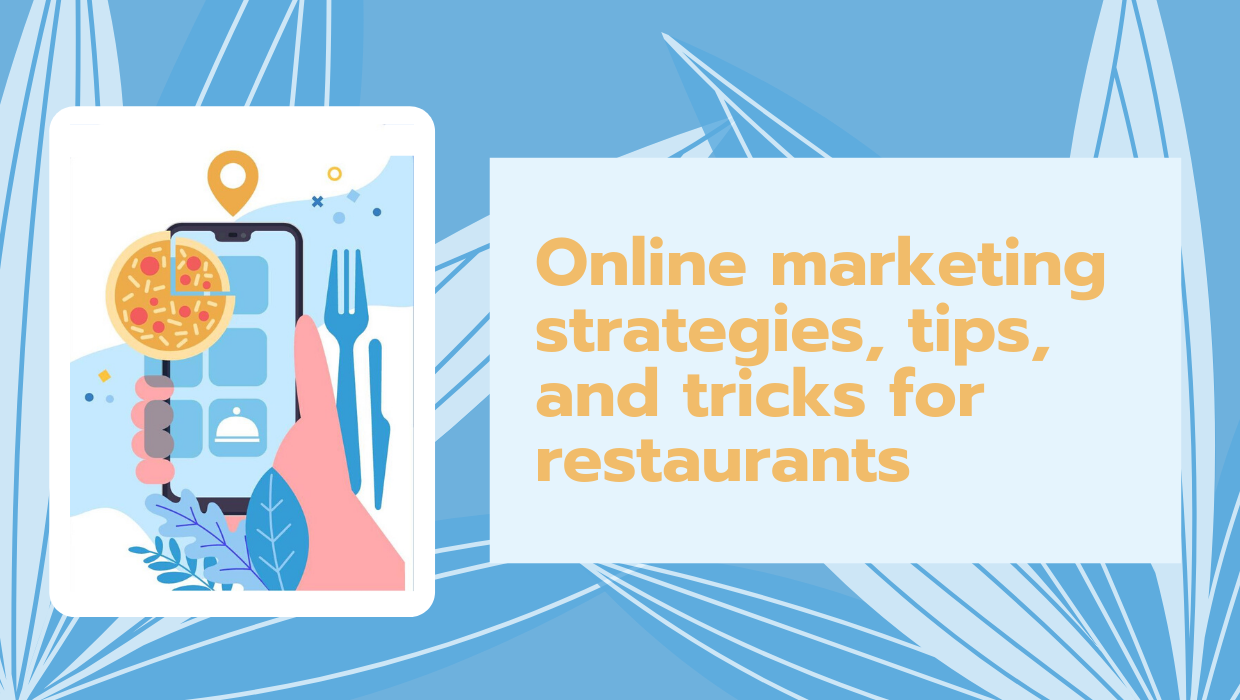There is no better time for online restaurant marketing than now. With so many people unable (or unwilling) to dine out due to current health and safety concerns (FYI we are talking about the coronavirus), ordering takeout has just become the new go-to. “51% of consumers have downloaded at least one new app to purchase food and essentials since COVID-19” Undoubtedly, we live in a time where the food delivery industry is booming. This means more and more restaurants are pivoting from strictly dine-in options to add delivery to their services, or are partnering with businesses that do. The competition online is getting fierce. We want to help you succeed, so we’re giving you 11 online restaurant marketing strategies, tips, and tricks to help you improve, grow, and adapt. It’s time we get cooking! Having a small, locally owned restaurant isn’t an excuse to not have a website. We’re living in a digital age where people go online to search for everything, especially restaurants. In fact, studies show that 90 percent of consumers research a restaurant online before dining. Consumers create their first impression of your business through viewing your website. This is where they will judge your credibility and the quality of your food and services. If consumers see a professionally made website with mouth watering food photos, chances are they will want to buy what you’re selling. Same goes for the opposite: a poorly designed website may cause a consumer to search for another restaurant, simply because the online experience isn’t good, and that sends a message about the in-person experience. If you have no website, consumers who are searching online have no reason to believe your restaurant is still in business. You can bet they’ll jump to the next option that has hours and contact info online, and looks legitimate. Your website needs to be professionally made. It has to be functional and easy to use. Put yourself in the consumers’ shoes and ask yourself what the best experience would be for browsing a restaurant online. Then, apply that to your website. A good example of successful online restaurant marketing is when consumers are able to navigate through your website with ease. They should be able to find essential information such as your hours of operation, your contact information, and your online menu. Many people use their phones to research. This is why it’s important to keep your website optimized for mobile use, thus making ordering as convenient as possible. Lastly, make sure your website represents your restaurant brand. Your website is an extension of your physical restaurant. Let people have a taste of what they could experience when they dine with you through your website. Let them leave your site wanting seconds. Whether it be for your website, a blog post, or social media content, your food photos have to make people feel hungry even when they’re not. Although the majority of your visual content should be photos of the food you serve, you don’t have to limit yourself. A good idea would be to post photos of your restaurant (inside and outside), your merchandise, staff, and happy customers in your restaurant. You can even ask for a short review or quote from your satisfied customers and use them as your caption. You can even turn the photos into something more graphic and playful to add a bit more oomph, just like what we did with Little Fluffy Head’s photos for their Instagram. You can always take your own photos. Your phone will suffice as long as it can produce high-quality photos. It’s all about being creative. Look for the best angles, lighting, and make sure to style your food. There are many tutorials online you can watch or read for you to get some tips. If that seems like too much, you may consider hiring a professional food photographer. After all, being able to make food look delicious in photos is a skill, and sometimes it’s easier to leave it to the pros. Search Engine Optimization (SEO) plays a crucial role in attracting new customers. You should aim to grow the amount of organic traffic to your website. If your SEO strategy is effective, you’ll get all of the benefits of paid ads for free. In case you didn’t know, SEO is the process of increasing the quality and quantity of website traffic by increasing the visibility of a website or a web page to users of a web search engine. SEO is all about keywords. For example, whenever someone searches for “vegan (or whatever keyword) restaurants near me,” your website will appear on the first page of the search results page if your SEO ranking is high enough. Optimizing with your location in mind will also help. This way, whenever someone searches “restaurants in [location],” you’ll be the go-to restaurant. We have other posts on SEO, but to give you a brief synopsis, the simplest way to boost your SEO is to choose common search terms and use them as keywords throughout the content. Choose one keyword phrase per page and focus on that one, sprinkling it throughout the titles and main body copy, add it to alt tags, and include it in the meta description. Make sure Google knows what that page is all about and your SEO will improve! You’ve probably noticed that every website has a blog these days. It isn’t because every business owner has a passion for writing all of the sudden – blogs are actually a great way to boost your SEO. Go with the same technique described above for blog posts and you’ll have a better chance at showing up for more keyword phrases. Of course, you’ll need to create relevant content that is engaging and interesting enough for readers to want to keep reading as well. Social media has been a huge game changer for many industries. An optimized website is great, but a social media presence can garner just as much attention. Statistics show that nearly 3 in 4 customers use Facebook to choose a restaurant based on comments, images, and reviews shared by other users. Don’t pass up this incredible way to engage with your customers and build a loyal following! There are a couple different ways to use social media marketing. The first is organic – that means anything you do on social media that you don’t have to pay for. This includes posting regularly, sharing stories, hosting giveaways and other mini competitions to grow your audience, and commenting on other people’s posts. This is your chance to engage like a real person and get more attention for your business at the same time! The second is paid advertising. Ads on social media platforms like Facebook and Instagram are effective because your audience can be very specific. You can target based on interests, location, buying habits, age, etc. Social media advertising uses the pay-per-click advertising method, which allows you to decide on the amount you’re willing to spend on a daily basis for your campaign. You also can monitor and track the success of your advertising campaigns. You can see the stats on clicks, impressions, follows, shares, and other forms of engagement to help you track each ad and fine-tune ads that aren’t converting well. One great way to build a following is to repost user-generated content. When a happy customer Instagrams their meal or tweets about you (as seen above), don’t pass up the opportunity for double publicity! Share it on your stories or repost with the caption to spread the good news. Not only is this an effective way to instantly share reviews, it makes the customer feel special and encourages others to post about their experience. How do you get more user-generated content? Here are a couple ideas: It only takes a little creativity for the user-generated content to start flowing in! Being a new or small restaurant might make it difficult for you to generate reviews and enough hype to amass a strong following. Partnering up with food bloggers and influencers will open doors for you to reach out to a larger target audience. Food bloggers are influencers who have an established following based on credibility. Their honest reviews make them a trusted source for the next great place to eat. It’s never a bad idea to reach out to food-specific influencers in your area. Invite them to your restaurant and give them a free meal. If they liked their experience and things work out, you can come up with an influencer marketing contract that works for both of you. The more influencers you work with, the more attention you gain online. Don’t let the fear of rejection hinder you from this opportunity. Branding is the sum of a company’s visual elements and messaging, often related to marketing but not always. For restaurants, it includes everything from the name and logo to the design on the aprons and the restaurant interior. A clear brand that’s consistent helps to distinguish your restaurant from other competitors. Statistics show that presenting a brand consistently across all platforms can increase revenue by up to 23%. When building your brand, take into consideration your business and your consumers. Build an identity that represents you and connects to your target audience. This is no easy feat alone – we highly recommend talking to a branding expert about your restaurant’s brand identity. Whether you offer delivery services or not, you should provide potential customers with an online menu that is easy to find. Add your menu to your website or even your social media channels. It’s important that the menu is up to date. Get rid of the dishes you no longer serve or leave a note if it’s not up for delivery. You could even update the date regularly on the page so users know it’s recent information. Consumers began demanding convenience from the restaurant industry before the COVID-19 outbreak. Since then, the demand has only increased to the point where it’s a necessity. Even as more and more restaurants have started reopening their doors, many consumers are still wary and prefer dining at home. There is no better time to jump on the food delivery service bandwagon. Restaurants either have their own private delivery service or they partner up with third-party delivery providers. Using a third-party providers has benefits beyond adding a delivery service. You get access to their regular customers by showing up on their website, and partnering with one of these services is usually very simple. Some examples of third-party delivery providers are: There is simply no denying that everybody loves free stuff. Offering coupons and discounts is an effective way to attract customers. One way you can do this is by establishing a loyalty program. Loyalty programs offer incentives to convince your customers to return. Usually, a loyalty program rewards customers with points every time they make a purchase at or visit your restaurant. Then, these points can be redeemed for discounts or free prizes. A wonderful way to increase your customer base and gain profits is by having contests. In this case, Pandamonium Doughnuts gave away raffle tickets to everyone who bought a doughnut, giving them the chance to win free doughnuts for a year, among other things. Contests don’t have to have prizes that last a whole year. Chances are, customers will still be delighted at an opportunity to win something as simple as a free meal. These strategies have the potential to please your customers as well as gain exposure and increase engagement for your restaurant. People trust what other real people say. This is even more true in the restaurant world, which means online reviews are extremely important when it comes to online restaurant marketing. It’s no secret that consumers check reviews before making a purchase. Online reviews have an almost instant effect on people. Positive reviews can directly help grow your customer base and profits. Take advantage of this by gathering reviews from satisfied customers. Encourage your customers to write reviews that can be posted on your social media page, Yelp, Google, website, etc. You might even want to consider offering a discount or a free food item as an incentive to those who review your restaurant. Negative reviews can also have an instant effect on the way consumers perceive your restaurant. On many review sites, business owners can publicly respond to consumers. While getting a negative review may be frustrating, it’s important to handle them professionally and with poise. Consider offering the dissatisfied customer a free food item or discount if they return, and try to make it right with them. This will not only show the dissatisfied customer that you care, it says a lot to other potential customers as well. People conducting research before they try out your business will see that you genuinely care about the satisfaction of your customers. There are tons of creative ways you can use online restaurant marketing. All it takes is a little bit of courage to try something new. In the marketing business, some things will work and some things won’t, just like with trying a new recipe. If you still have a lot of orders to go through, hand us an apron! We can take over your marketing strategy, make sure it’s cooked, and deliver results. Give us a call, we’re always ready to help.
– Bluedot.1. Perfect & Refine Your Website
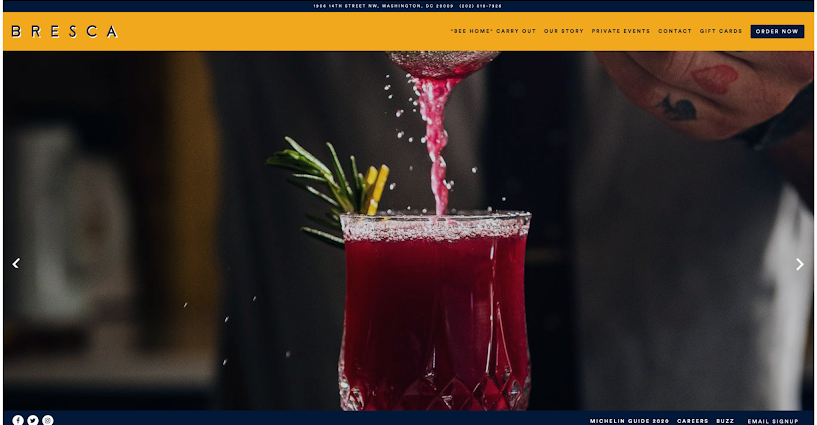

2. Invest in Mouth-Watering Foodie Photos
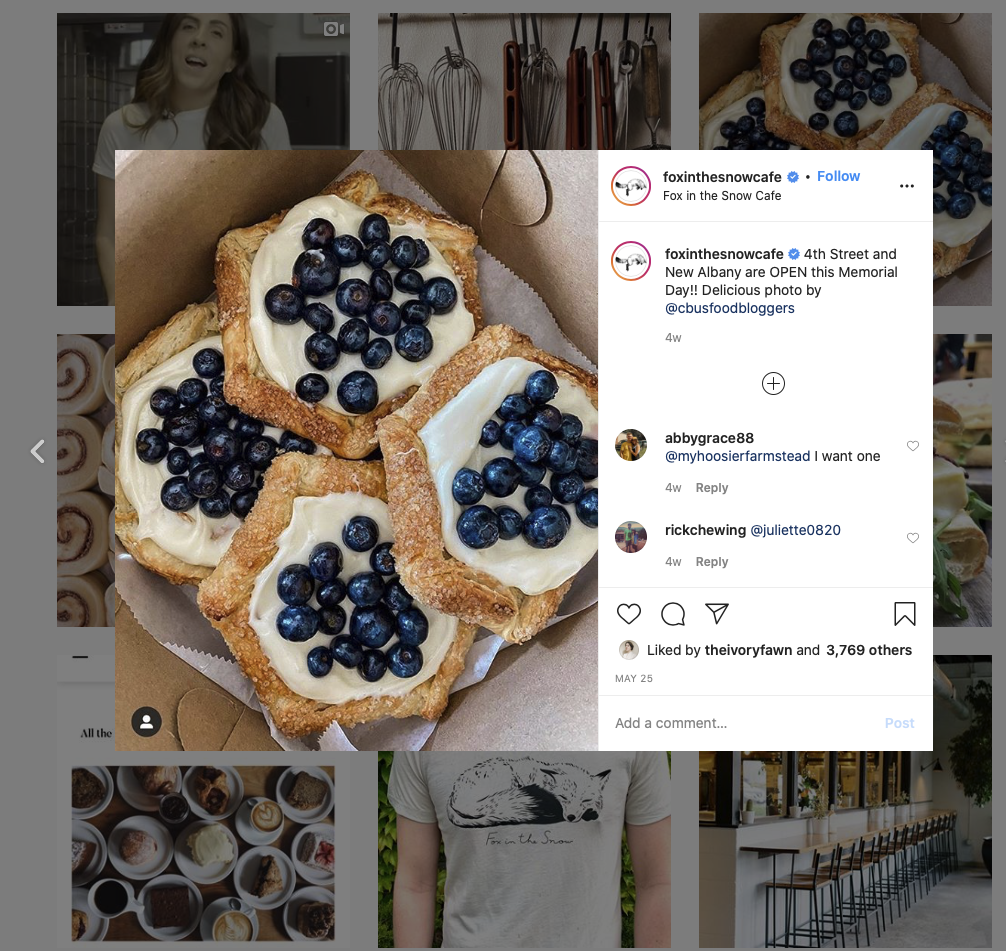
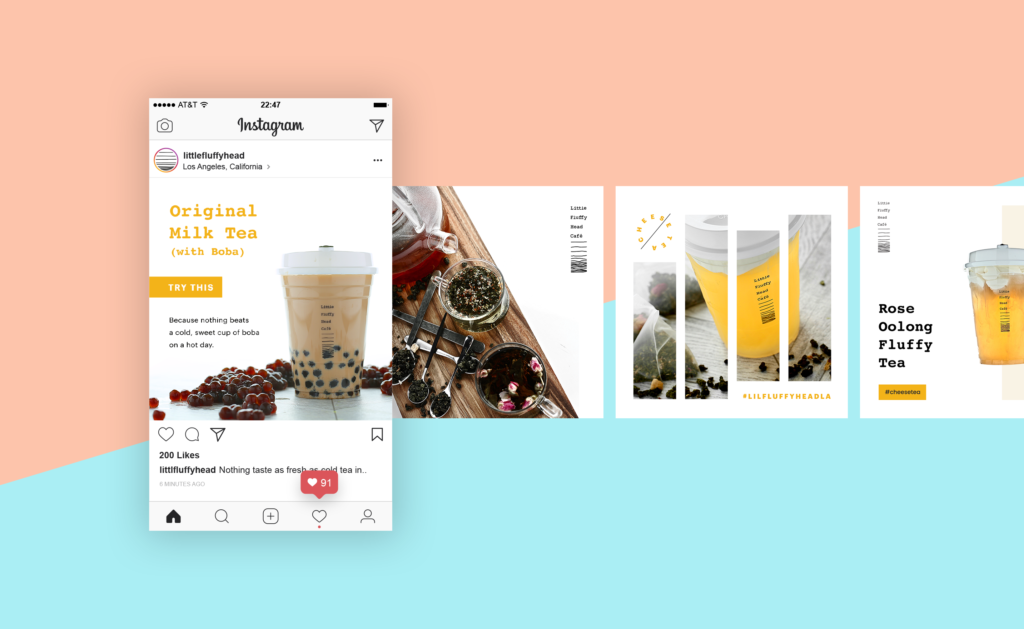
3. Focus on Local Geo-Targeted SEO
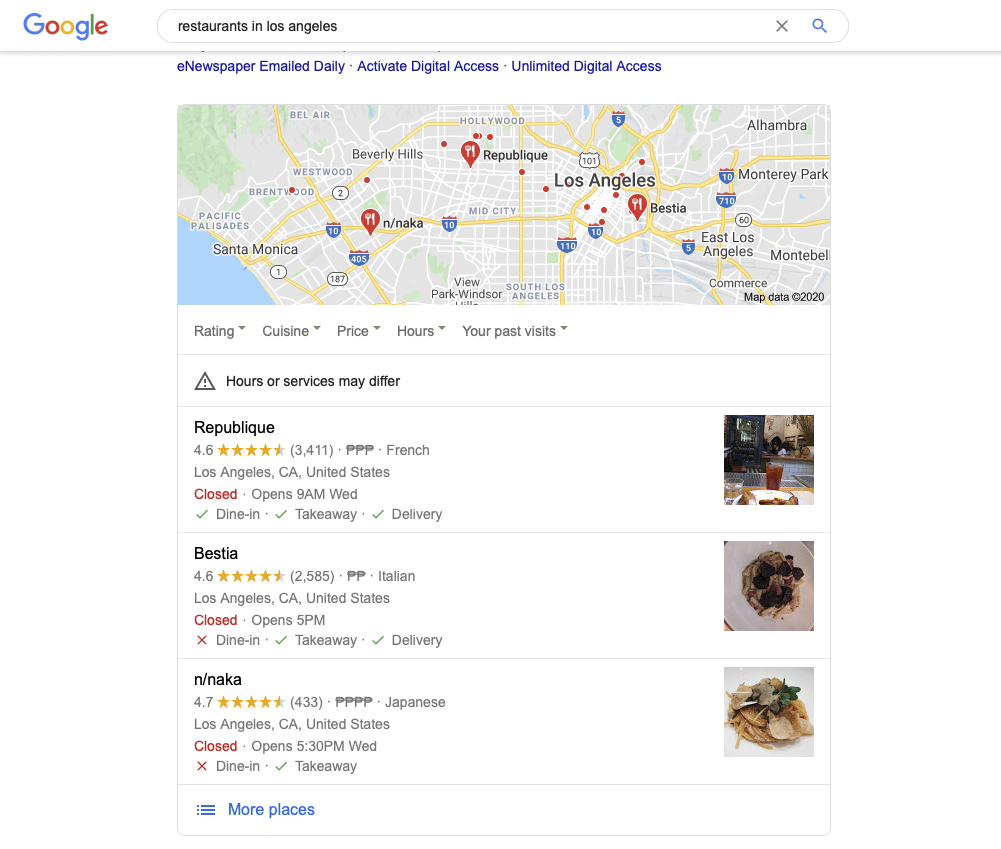
4. Time to Ketchup On the Social Media Trend
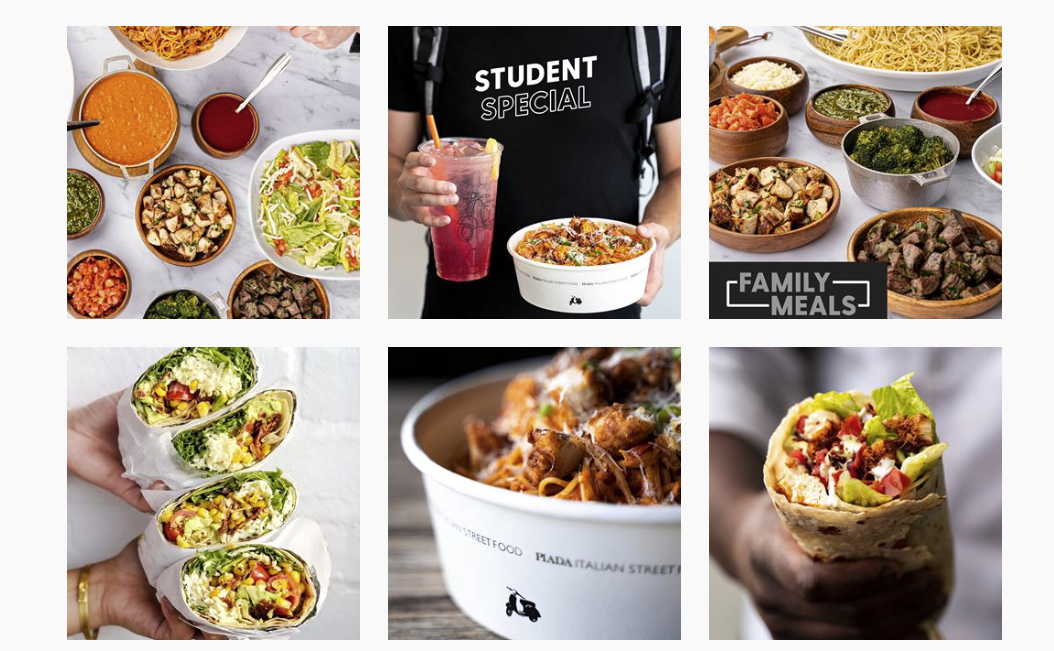
5. Post User-Generated Content
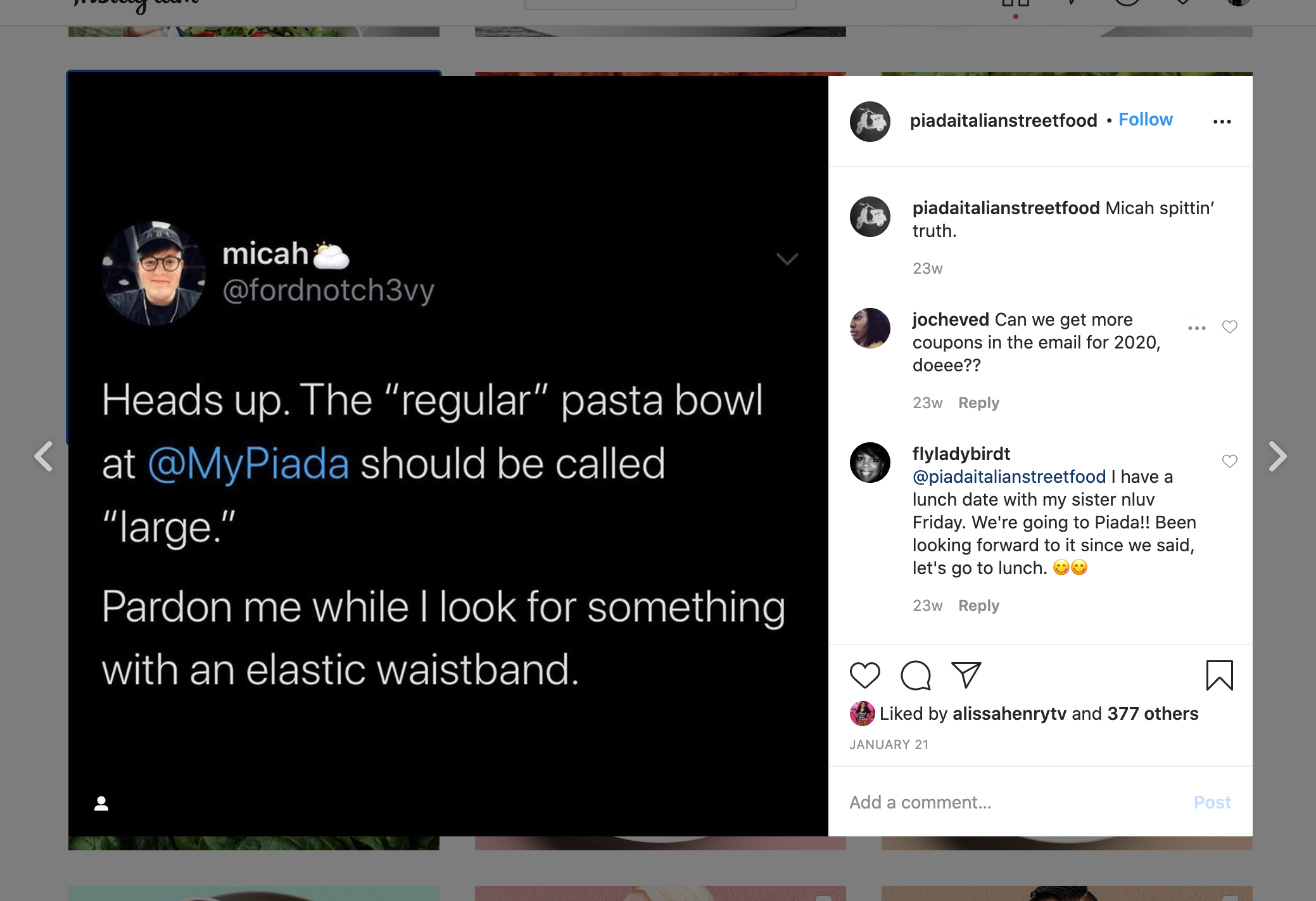
6. Donut Be Afraid to Reach Out to Influencers

7. Develop a Strong Branding Identity

8. Create an Enticing Up-To-Date Online Menu
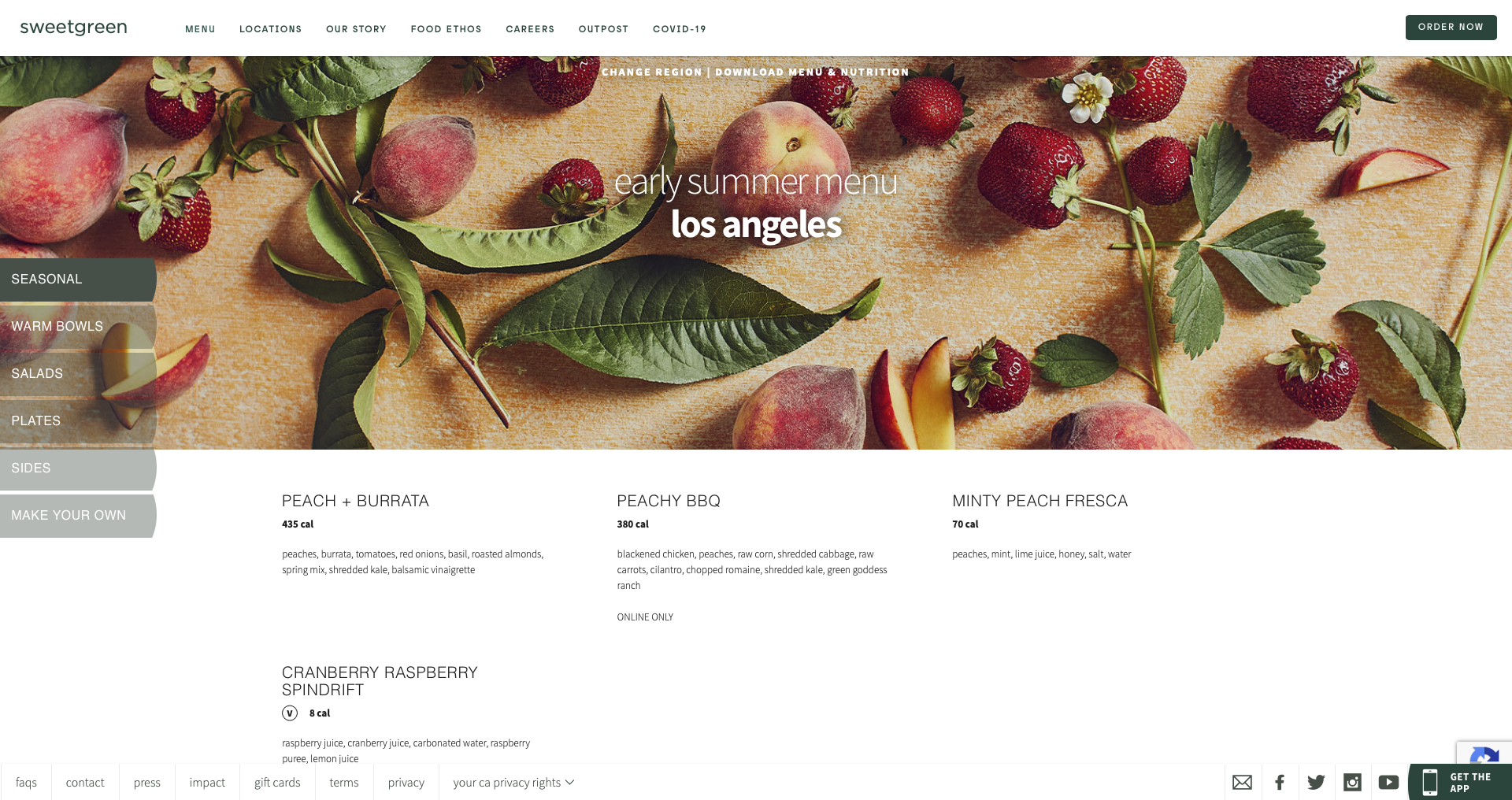
9. Offer Delivery Services or Partner Up With One
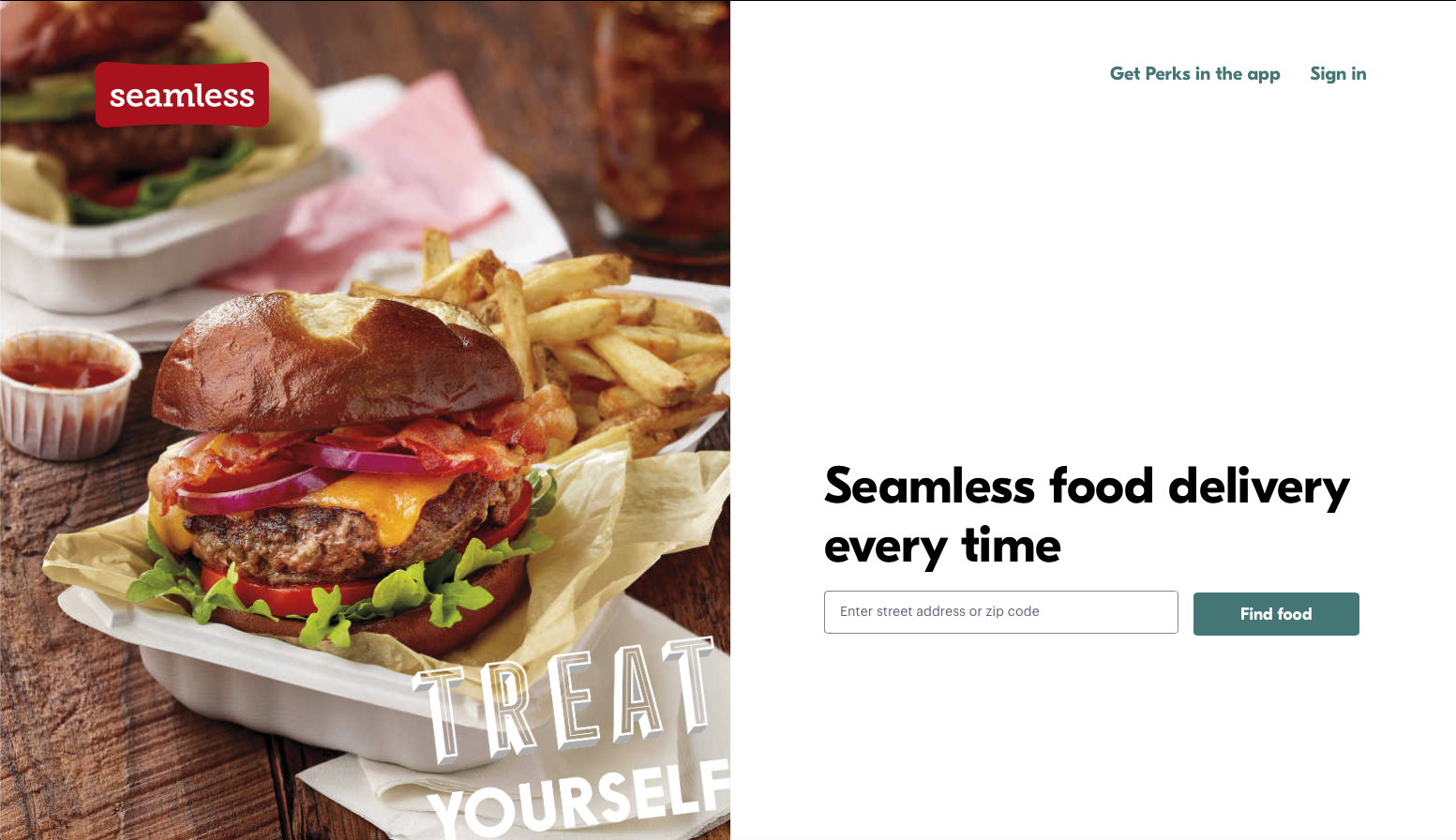
10. Offer Discounts and Promotions
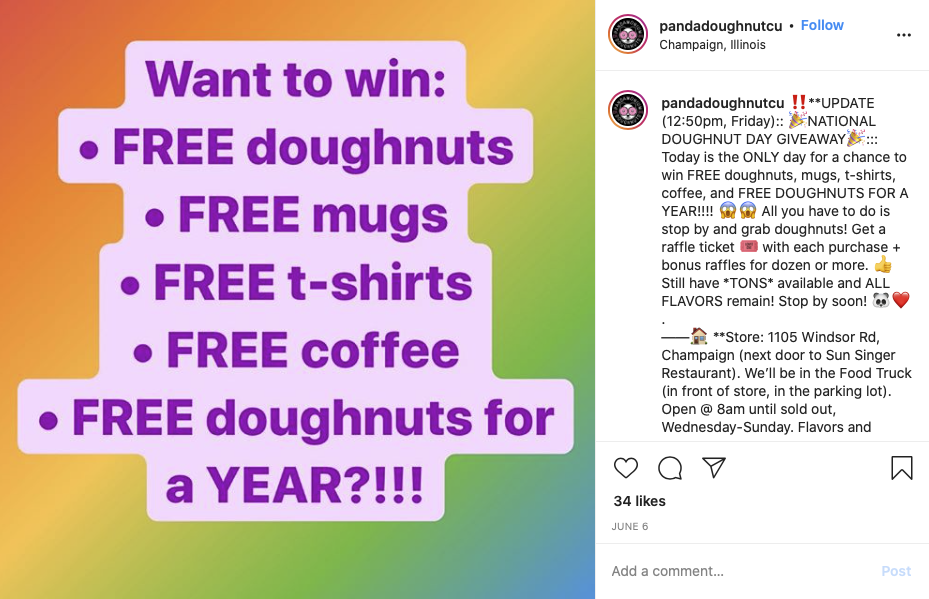
11. Gather Online Reviews

Time to serve!
With Just Digital,
Success is Easy-Peasy Lemon-Squeezy.
When life gives us lemons, we generate results. Contact us today and we can start making lemonade.

